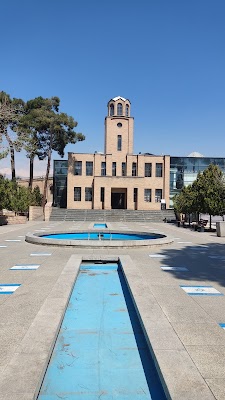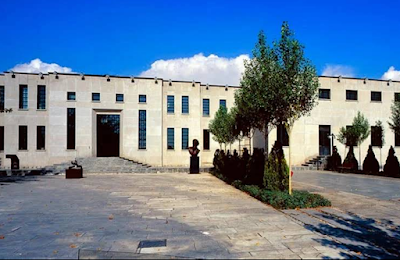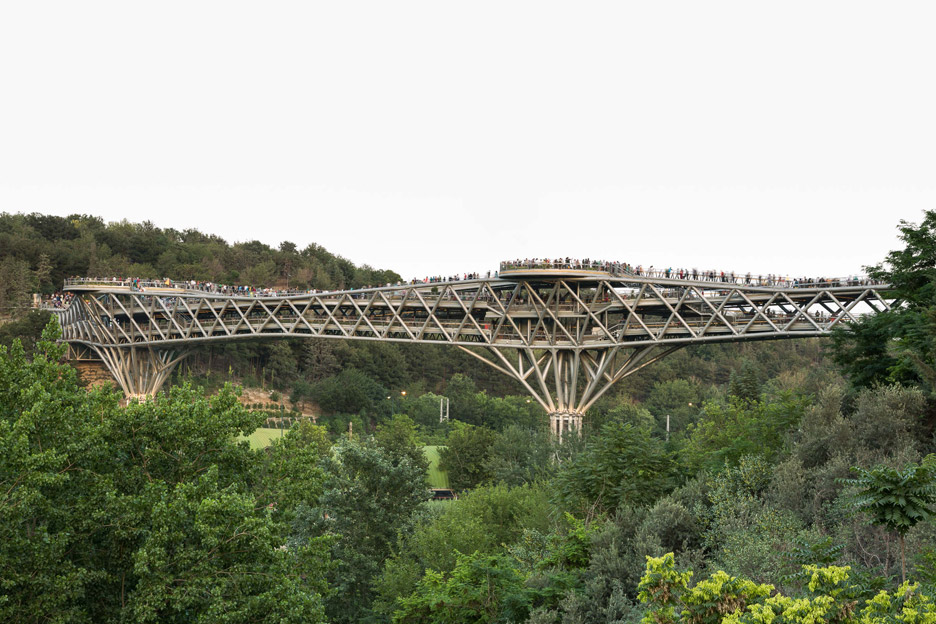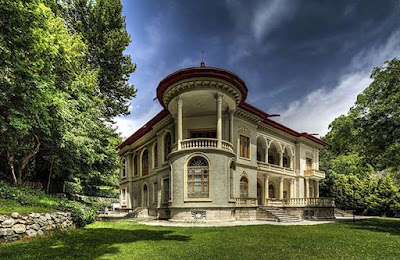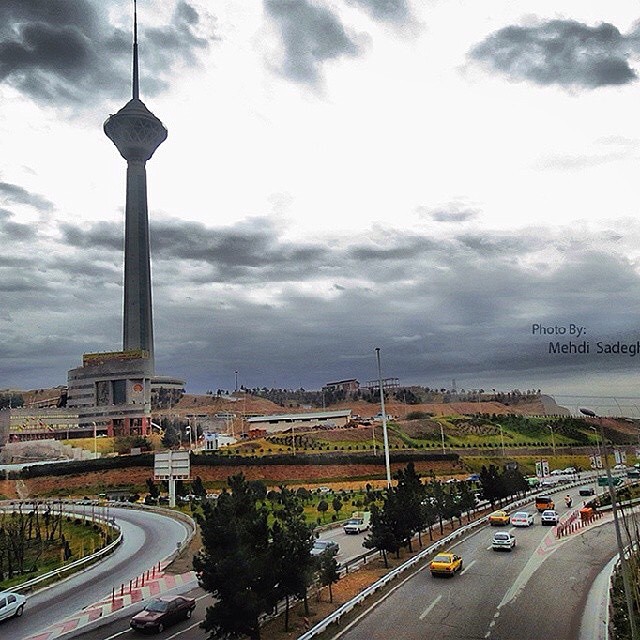Qasr Museum (موزه قصر)
Related Places
Overview
The Qasr Museum, located in the vibrant heart of Tehran, Iran, invites visitors on a captivating journey through the rich tapestry of history and culture. Once known as Qasr Prison, this remarkable structure has been transformed into a museum that intrigues and educates travelers from around the world. Its architectural splendor and storied past make it an essential stop for anyone fascinated by Iran's multifaceted heritage.
Originally built in 1790 during the Qajar Dynasty, Qasr, meaning "Palace" in Persian, was one of Iran's first modern prisons, designed by the renowned architect Nikolai Markov. Initially serving as a military fortress, it was converted into a prison in 1929 under the rule of Reza Shah Pahlavi. For over 75 years, Qasr Prison played a significant role in Iran's history, housing political dissidents, intellectuals, and various other detainees. Following its closure in 2012, the prison was resurrected as a museum, maintaining its historical integrity while educating the public about its profound past.
The transformation of the Qasr Museum from a place of confinement to one of enlightenment exemplifies Iran's journey through periods of upheaval and change. The museum is divided into several distinct sections, each narrating different aspects of its history. The meticulously restored cell blocks, once home to prisoners, now showcase a diverse array of exhibits, including personal belongings of former inmates, detailed accounts of their lives, and artifacts that reveal the harsh realities they endured.
One of the museum's most poignant areas is the solitary confinement wing, often referred to as the "dark cells." This powerful section evokes the sense of isolation and despair experienced by those imprisoned. Audio guides and information panels, available in multiple languages, provide enlightening narratives and context, making the visit both educational and emotionally resonant.
Architecture enthusiasts will find the Qasr Museum equally captivating. The building itself is a stunning blend of traditional Persian elements and early 20th-century design. Its imposing walls and ornately decorated facade create a striking contrast to its somber history, inviting deep reflection. Surrounding the museum, beautifully landscaped gardens offer a tranquil space for visitors to contemplate their experience.
A highlight of the museum is the “Hall of Nations,” which hosts various exhibitions throughout the year. These displays often focus on themes of human rights, freedom, and cultural heritage, providing a platform for dialogue and understanding. Art installations, photographic exhibits, and interactive displays ensure that the museum remains a dynamic and evolving institution.
Moreover, the Qasr Museum functions as a cultural hub, regularly organizing events such as lectures, film screenings, and workshops. These activities aim to deepen understanding of Iran’s history and promote cultural exchange. For foreign tourists, participating in these events offers an immersive experience and the chance to engage with local scholars, artists, and historians.
Interesting facts about the Qasr Museum abound. For instance, the infamous Qajar king, Nasser al-Din Shah, initially envisioned the site as a royal palace. However, political and social upheavals shifted its purpose. Additionally, many notable political figures and intellectuals, such as Ali Shariati and Mehdi Araghi, were once detained within its walls. Their stories are woven into the fabric of the museum, shedding light on the complex socio-political landscape of Iran in the 20th century.
In addition to its permanent exhibits, the museum frequently collaborates with international institutions to showcase global histories of incarceration and justice. This global perspective emphasizes universal themes of human rights and the quest for dignity, making the Qasr Museum’s message resonate with visitors from all corners of the world.
Whether you are a history buff, an architecture lover, or simply a curious traveler, the Qasr Museum in Tehran offers a profound and enriching experience. Its evolution from a site of suffering to one of learning and reflection serves as a powerful reminder of the resilience of the human spirit and the importance of remembering and understanding our past.
In summary, the Qasr Museum is more than just a historical site; it stands as a beacon of cultural preservation and education. With its compelling exhibits, stunning architecture, and poignant history, it is a must-visit destination for tourists in Tehran. Exploring its halls allows visitors to gain invaluable insights into Iran's past and the enduring universal themes of justice and freedom.


